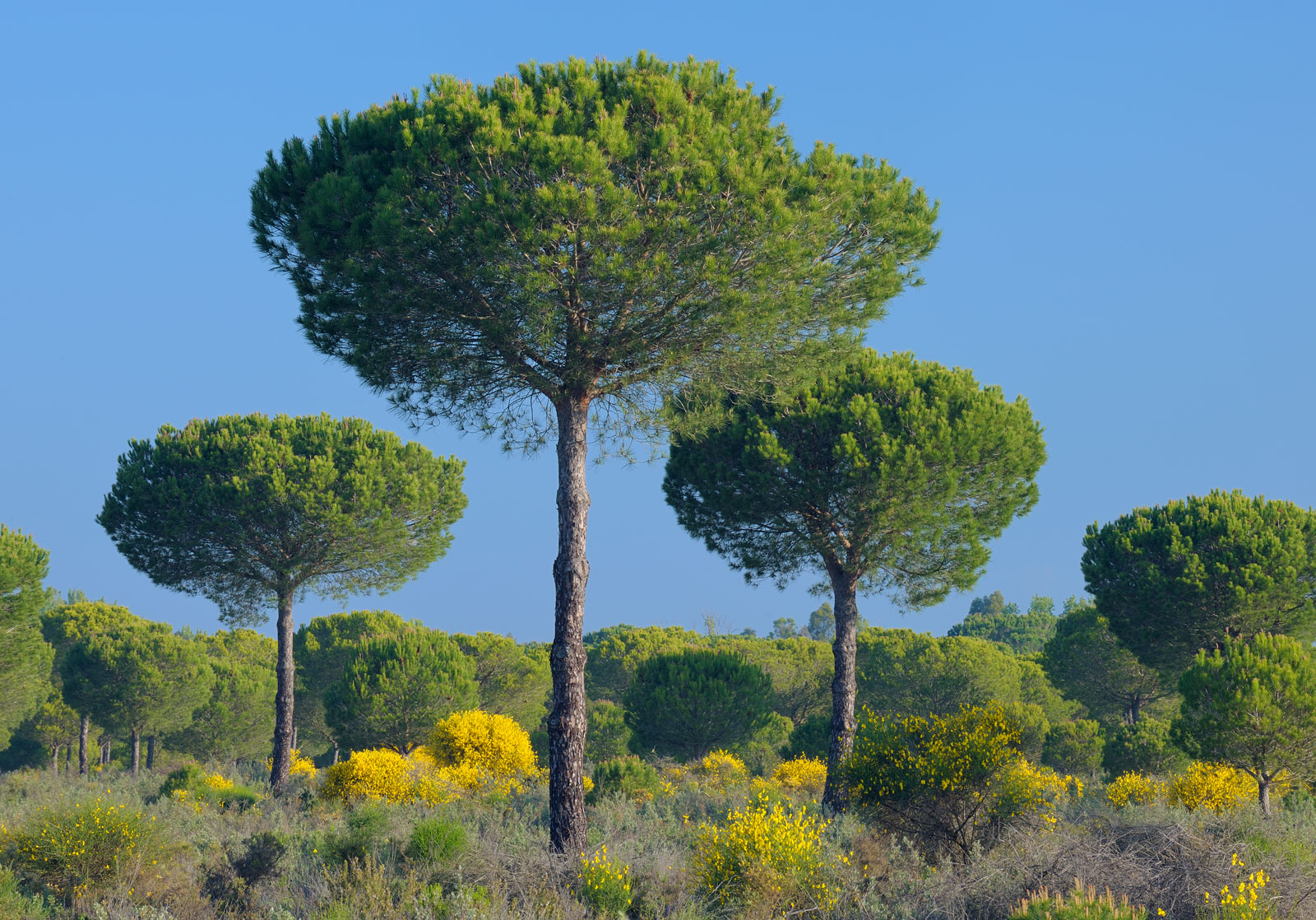בסיעתא דשמיא | ||
☰︎ Menu | 🔍︎
Search // Main //
👂︎ Public Readings, Sources, and Cantillation // Festival & Fast Day Readings // Readings for Days in Jewish Calendars // Tu biShvat Readings  💬 קְרִיאוֹת לִימֵי ט״וּ בִּשְׁבָט | Torah and Haftarah Readings for the New Year’s Day for Trees, selected by Isaac Gantwerk MayerTorah and Haftarah readings for Tu biShvat selected by Isaac Gantwerk Mayer. . . . 📖 פֶּרֶק שִׁירָה | Pereq Shirah, a litany of verses spoken by the creatures & works of Creation (after the arrangement of Natan Slifkin)Talmudic and midrashic sources contain hymns of the creation usually based on homiletic expansions of metaphorical descriptions and personifications of the created world in the Bible. The explicitly homiletic background of some of the hymns in Perek Shira indicates a possible connection between the other hymns and Tannaitic and Amoraic homiletics, and suggests a hymnal index to well-known, but mostly unpreserved, homiletics. The origin of this work, the period of its composition and its significance may be deduced from literary parallels. A Tannaitic source in the tractate Hagiga of the Jerusalem (Hag. 2:1,77a—b) and Babylonian Talmud (Hag. 14b), in hymns of nature associated with apocalyptic visions and with the teaching of ma’aseh merkaba serves as a key to Perek Shira’s close spiritual relationship with this literature. Parallels to it can be found in apocalyptic literature, in mystic layers in Talmudic literature, in Jewish mystical prayers surviving in fourth-century Greek Christian composition, in Heikhalot literature, and in Merkaba mysticism. The affinity of Perek Shira with Heikhalot literature, which abounds in hymns, can be noted in the explicitly mystic introduction to the seven crowings of the cock — the only non-hymnal text in the collection — and the striking resemblance between the language of the additions and that of Shi’ur Koma and other examples of this literature. In Seder Rabba de-Bereshit, a Heikhalot tract, in conjunction with the description of ma’aseh bereshit, there is a clear parallel to Perek Shira’s praise of creation and to the structure of its hymns. The concept reflected in this source is based on a belief in the existence of angelic archetypes of created beings who mediate between God and His creation, and express their role through singing hymns. As the first interpretations of Perek Shira also bear witness to its mystic character and angelologic significance, it would appear to be a mystical chapter of Heikhalot literature, dating from late Tannaitic — early Amoraic period, or early Middle Ages. . . .
Stable Link:
https://opensiddur.org/index.php?cat=4050 Associated Image:
 Stone pines (Pinus pinea) in Doñana National Park near Seville, Spain.
(credit: Martin Ruegner—Photographer's Choice RF/Getty Images)(This image is set to automatically show as the "featured image" in category pages and in shared links on social media.) Stone pines (Pinus pinea) in Doñana National Park near Seville, Spain.
(credit: Martin Ruegner—Photographer's Choice RF/Getty Images)(This image is set to automatically show as the "featured image" in category pages and in shared links on social media.)
Terms of Use:
Be a mentsch (a conscientious, considerate person) and adhere to the following guidelines:
Additional Notes:
Support this work:
The Open Siddur Project is a volunteer-driven, non-profit, non-denominational, non-prescriptive, gratis & libre Open Access archive of contemplative praxes, liturgical readings, and Jewish prayer literature (historic and contemporary, familiar and obscure) composed in every era, region, and language Jews have ever prayed. Our goal is to provide a platform for sharing open-source resources, tools, and content for individuals and communities crafting their own prayerbook (siddur). Through this we hope to empower personal autonomy, preserve customs, and foster creativity in religious culture. If you like what you've found here, please help keep our project alive and online with your financial contribution.
ויהי נעם אדני אלהינו עלינו ומעשה ידינו כוננה עלינו ומעשה ידינו כוננהו "May the pleasantness of אדֹני our elo’ah be upon us; may our handiwork be established for us — our handiwork, may it be established." –Psalms 90:17
| ||
| Sign up for a summary of new resources shared by contributors each week
  |